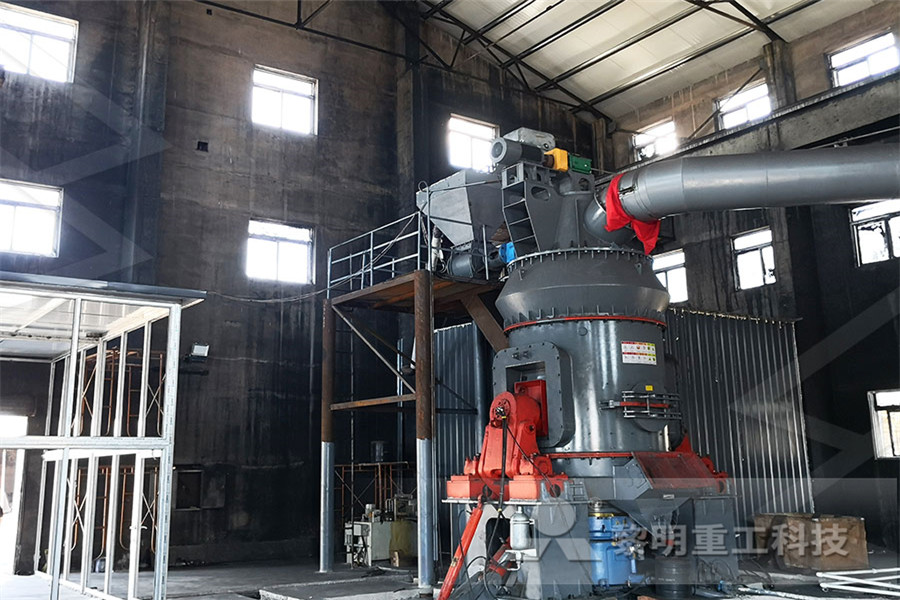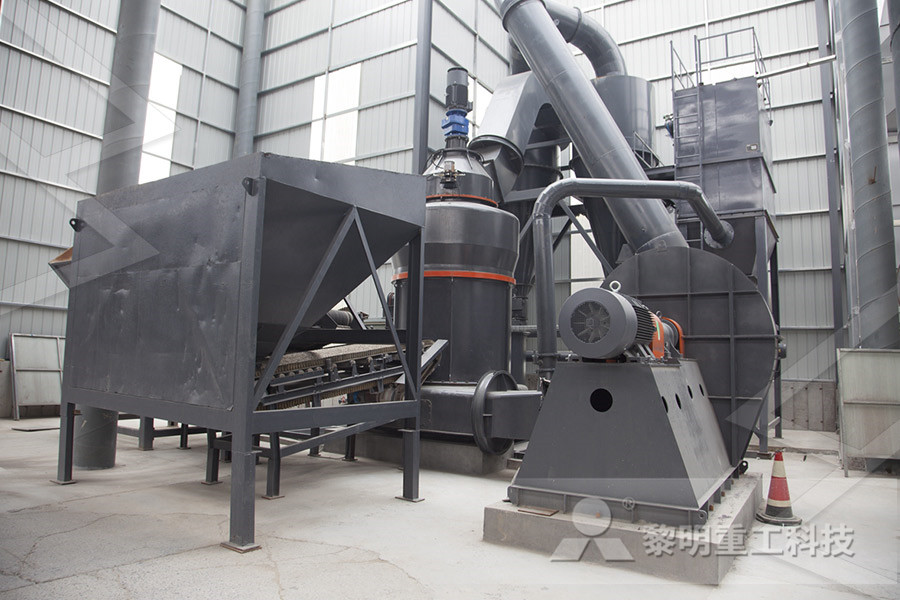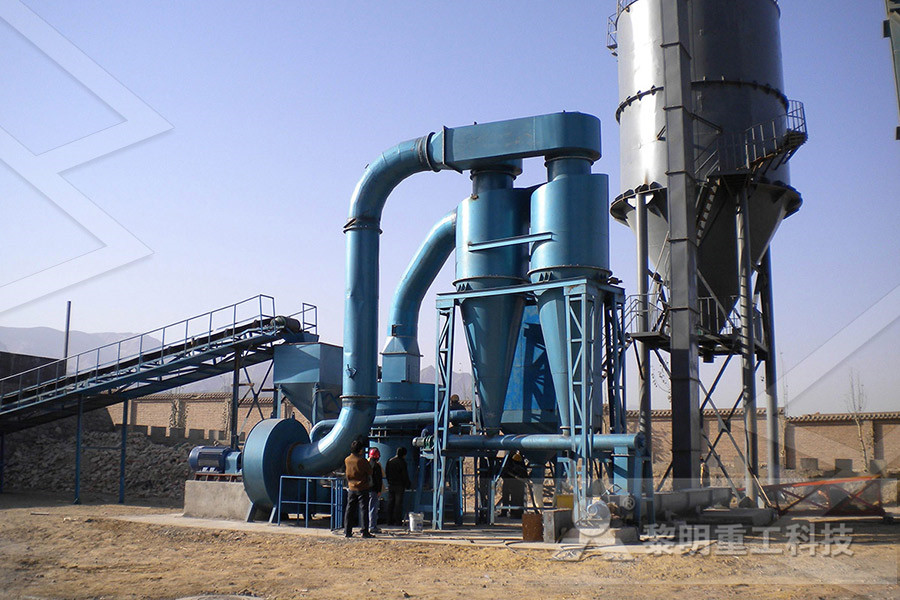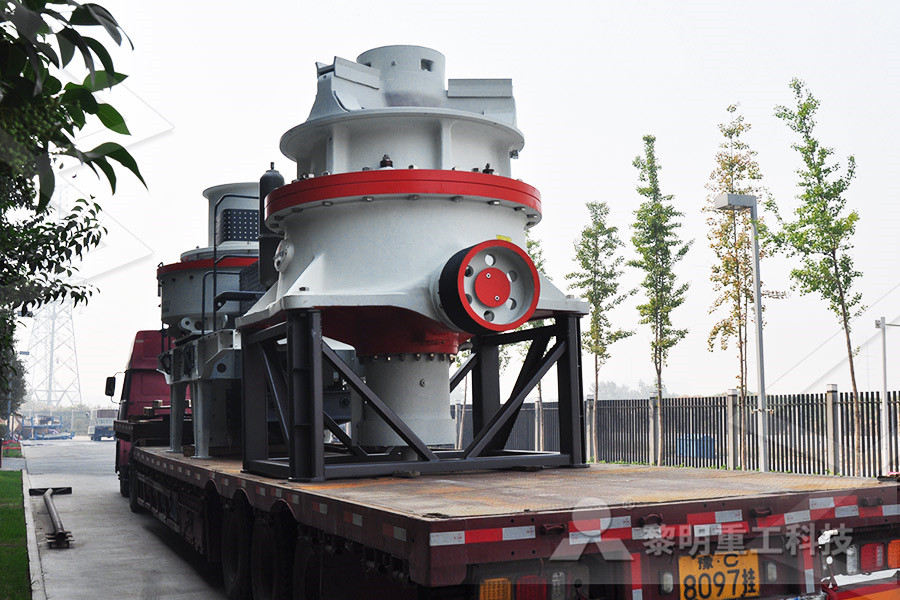agglomeration sintering processes
2022-06-12T05:06:37+00:00
Agglomeration Processes: Facts at Your Fingertips
Oct 01, 2016 Agglomeration methods to enlarge particulate solids can be broadly broken down into three general categories: agglomeration by agitation (sometimes referred to as wet agglomeration or tumble/growth agglomeration; pressure (compaction) agglomeration, and agglomeration using heat (sintering)Dec 28, 2015 The origin of sintering process goes back to 1887 when F Haberlein and T Huntington of England invented the process of agglomeration for sintering of sulphide ores In this process, the sintering was carried with the sintering bed being blown with air from bottom upwards The process was also known as updraft sintering processIron Ore Agglomeration Processes and their Historical The process of 'agglomeration' can be classified mainly into the following groups, namely, Briquetting, Nodulizing (rotary kiln sintering), Vacuum extrusion, Sintering and Pelletizing Briquetting : This is a very simple process, in which fine grained materials are pressed into briquettesXI AGGLOMERATION

What Is Agglomeration? powderbulksolids
Feb 27, 2008 Three methods enlarge particulate solids through agglomeration: tumble/growth agglomeration, pressure agglomeration, and agglomeration using heat (sintering) In tumble/growth agglomeration, the adhesion of particles to one another is controlled by the competition between volumerelated separation and surfacerelated adhesion forcesDec 21, 2001 Agglomeration is integral to the processes of modification of powders, production of composites and creation of new materials which are required in pharmaceuticals, foods, chemicals, fertilizers and agrochemicals, minerals, ceramics, metallurgy and all material producing industriesAgglomeration Processes Wiley Online BooksLime, as an intensifier of the sintering process, leads to improved agglomeration and permeability of the sinter mix Lime addition into sinter mix indicates a positive effect on the heat content in the sinter bed leading to shortening sintering time and possible fuel savingsSintering Process Carmeuse

Agglomeration of Powder an overview ScienceDirect Topics
Granulation is the process of agglomeration of powder materials and has been widely used in chemical, pharmaceutical, and food industries to process, store, and transfer powder materials In a conventional granulation method, a volatile solvent is usually used to bind the powder particles into granules, and then is removed by dryingSintering, also known as frittage, is a thermal agglomeration process during which the atoms within the materials diffuse and form bridges across distinct particles, joining them together Sintering involves heating products without melting them, and as such is particularly wellsuited for What is Agglomeration? Glossary of Powder Mixing This page is aiming at explaining what are the physical phenomena that cause agglomeration of powder particles, as such an understanding is critical to ensure that a factory is operating properly such processes as fluidized beds agglomerators, roller compactors, tablet presses, extrusion or sinteringAgglomeration : Mechanisms of agglomeration of powders

Sintering Process Carmeuse
Lime, as an intensifier of the sintering process, leads to improved agglomeration and permeability of the sinter mix Lime addition into sinter mix indicates a positive effect on the heat content in the sinter bed leading to shortening sintering time and possible fuel savingsDec 01, 2019 Facts at your Fingertips: Agglomeration Processes By Department Editor: Scott Jenkins December 1, 2019 Agglomeration converts fine powder particles into larger ones by introducing external forces Major benefits for solids processors include dust reduction, easier handling, more complete utilization of raw materials and densification Facts at your Fingertips: Agglomeration Processes A process control agent (PCA) is usually used in the process of mechanical alloying to avoid cold welding and bonding between the powder particles and the balls and the agglomeration of powder during milling, which is also noticeable for some alloy systems in the solid–liquid reaction ball milling process (Chen and Chen, 2006) Thus, an Agglomeration of Powder an overview ScienceDirect Topics

USB1 Method for reducing agglomeration, sintering
The present invention relates to a method for reducing agglomeration, sintering and deposit formation resulting from the gasification or combustion of a solid carbonaceous fuel material comprising a combustible portion and a non combustible inorganic portion, which non combustible inorganic portion comprises 4 to 50 parts by weight of K w +Na w , and 0 to 40 parts by weight of Si w , wherein K Thermally activated chemical and metallurgical processes of lumping of finedispersed iron ore raw material during sintering are examined in the work The following processes are included: moisture removal, ignition of coke fines and burnoff of carbonates, taking into account burning features of coke fines, fusion of grain charge, forming of agglomeration cake, creation of overhumidification Analysis of chemicalmetallurgical agglomeration processes Feb 16, 2017 Sintering is a thermal agglomeration process that is applied to a mixture of iron ore fines, recycled ironmaking products, fluxes, slagforming agents and solid fuel (coke)(PDF) Iron Ore Sintering: Process ResearchGate

Agglomeration of iron ores
Table ofContents Preface xix AuthorBiography xxi Acknowledgment xxiii Chapter 1 Introduction 1 11 Preamble 1 12 DefinitionandCategory 1 121 Agglomeration 1 122 Sintering 2 123 Peptizing 2 124 Briquetting 2 13 ScopeofAgglomeration 3 14 Needfor Agglomeration 3 15 RawMaterialsfor Agglomeration 4 16 TheAgglomerationProcesses 5 161 Sintering 5 162 Peptization 6 17 Sintering or frittage is the process of compacting and forming a solid mass of material by heat or pressure without melting it to the point of liquefaction Sintering happens naturally in mineral deposits or as part of a manufacturing process used with metals, ceramics, plastics, and other materialsThe atoms in the materials diffuse across the boundaries of the particles, fusing the Sintering WikipediaMay 31, 2017 Conventional sintering is a time and energyconsuming process used for the densification of consolidated particles facilitated by atomic diffusion at The agglomeration, coalescence and sliding of

An INTRODUCTION 1 ABSTRACT process consists of wet
Outokumpu manganese sintering process and the research work done as the basis for the process ar e described in this paper The benefits of using sinter Agglomeration was carried out on a disc with a diameter of 20 metres and a depth of 03 metres The maximum rotation speed of the disc was 20 rpm The manganese ore fines were mixed with Other articles where Agglomeration is discussed: iron processing: Crushing: Fines, however, must first be agglomerated, which means reforming them into lumps of suitable size by a process called sinteringAgglomeration metallurgy BritannicaFirn densification is an analogous process to pressuresintering or hotpressing in ceramics, where an assemblage of particles is compacted at high temperature and pressure Firn naturally exists at temperatures close to its melting point, and experiences increasing pressure with depth due to accumulating snow layers at the surfaceSintering an overview ScienceDirect Topics

Facts at your Fingertips: Agglomeration Processes
Dec 01, 2019 Facts at your Fingertips: Agglomeration Processes By Department Editor: Scott Jenkins December 1, 2019 Agglomeration converts fine powder particles into larger ones by introducing external forces Major benefits for solids processors include dust reduction, easier handling, more complete utilization of raw materials and densification Jul 01, 1992 @misc{etde, title = {Agglomeration and densification processes during iron ore sintering Shoketsuko seizo ni okeru kaijoka, chimitsuka katei no kaiseki} author = {Inazumi, T, and Kasama, S} abstractNote = {The basis for the sintering process is an operation to be agglemerated to the porous bodies by the phenamena in which the fine particles each other produce the partial mineral Agglomeration and densification processes during iron ore The present invention relates to a method for reducing agglomeration, sintering and deposit formation resulting from the gasification or combustion of a solid carbonaceous fuel material comprising a combustible portion and a non combustible inorganic portion, which non combustible inorganic portion comprises 4 to 50 parts by weight of K w +Na w , and 0 to 40 parts by weight of Si w , wherein K USB1 Method for reducing agglomeration, sintering

(PDF) Iron Ore Sintering: Process ResearchGate
Feb 16, 2017 Sintering is a thermal agglomeration process that is applied to a mixture of iron ore fines, recycled ironmaking products, fluxes, slagforming agents and solid fuel (coke)The following processes are included: moisture removal, ignition of coke fines and burnoff of carbonates, taking into account burning features of coke fines, fusion of grain charge, forming of agglomeration cake, creation of overhumidification area in sintering layer owing to condensation of water vapours in washout of heatcarrying gasAnalysis of chemicalmetallurgical agglomeration processes Table ofContents Preface xix AuthorBiography xxi Acknowledgment xxiii Chapter 1 Introduction 1 11 Preamble 1 12 DefinitionandCategory 1 121 Agglomeration 1 122 Sintering 2 123 Peptizing 2 124 Briquetting 2 13 ScopeofAgglomeration 3 14 Needfor Agglomeration 3 15 RawMaterialsfor Agglomeration 4 16 TheAgglomerationProcesses 5 161 Sintering 5 162 Peptization 6 17 Agglomeration of iron ores

Agglomeration metallurgy Britannica
Other articles where Agglomeration is discussed: iron processing: Crushing: Fines, however, must first be agglomerated, which means reforming them into lumps of suitable size by a process called sinteringOutokumpu manganese sintering process and the research work done as the basis for the process ar e described in this paper The benefits of using sinter Agglomeration was carried out on a disc with a diameter of 20 metres and a depth of 03 metres The maximum rotation speed of the disc was 20 rpm The manganese ore fines were mixed with An INTRODUCTION 1 ABSTRACT process consists of wet May 18, 2012 Discrete element method (DEM) is used to study the factors affecting agglomeration in threedimensional copper particle systems during solidstate sintering A new parameter is proposed to characterize agglomeration The effects of a series of factors are studied, including particle size, size distribution, interparticle tangential viscosity, temperature, initial density and initial Factors influencing particle agglomeration during solid

SINTERING AND PELLETISATION OF INDIAN IRON ORES
Environmental emissions of agglomeration processes Process SO X, gm/t NO X, gm/t CO, kg/t CO 2, kg/t Particulate, gm/t Sintering 1670 640 38 220 260 Pelletising, hematite ore 200 500 1 30 130 Pelletising, gas volumes by about 40–50 % without affecting the sintering process 26Sinter plants agglomerate iron ore fines (dust) with other fine materials at high temperature, to create a product that can be used in a blast furnaceThe final product, a sinter, is a small, irregular nodule of iron mixed with small amounts of other minerals The process, called sintering, causes the constituent materials to fuse to make a single porous mass with little change in the chemical Sinter plant WikipediaTherefore, various agglomeration processes are used to deliver such finer raw materials to the blast furnace Küttner is involved in these processes at various points Sintering The most common agglomeration process is the sintering of fine ore As a rule, larger amounts of circulation material are used in the sintering plant This often leads Agglomeration Iron Steel Kuettner Group

Particle Professor: Breaking up is hard to do: Particle
For heat and sintering agglomeration, relatively high temperatures are used to develop a melt layer — going from monolayer to multilayer — on the particle surface As with the other agglomeration mechanisms, wetting now becomes the driver for particle agglomeration, which Sintering is a thermal process (1300 1400 C) by which a mixture of iron ore, return fines, recycled products of the iron and steel industry (mill scale, blast furnace dusts, etc), slag forming elements, fluxes and coke are agglomerated in a sinter plant with the purpose ofIron Ore Agglomeration Technologies